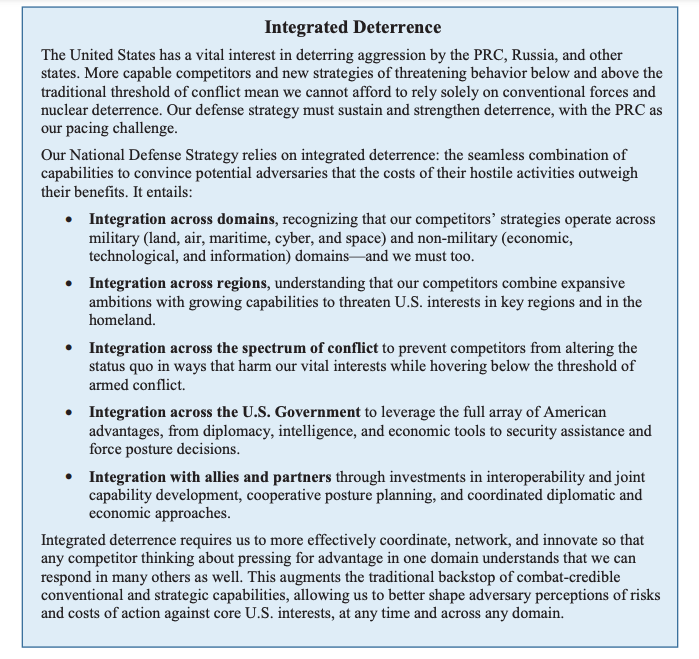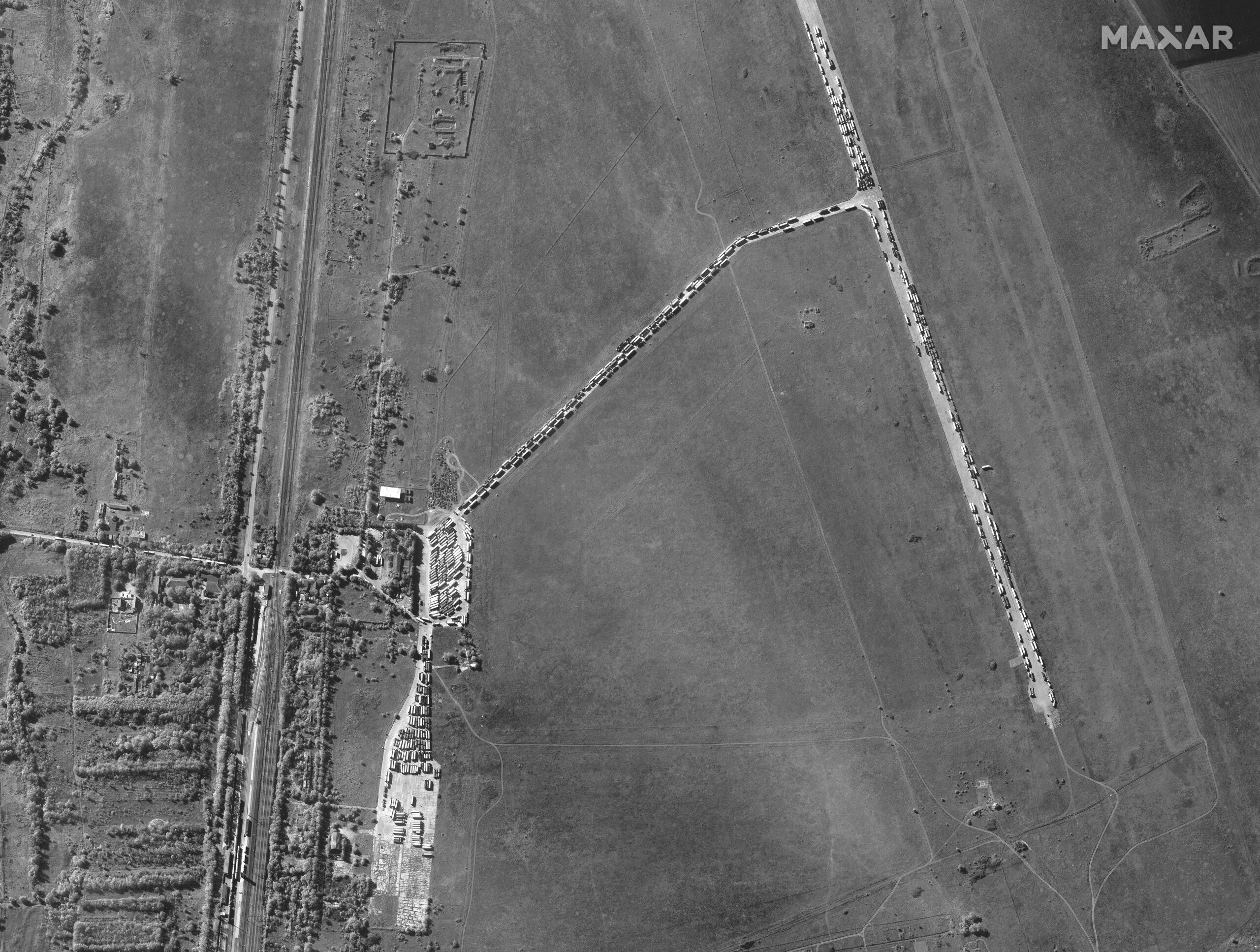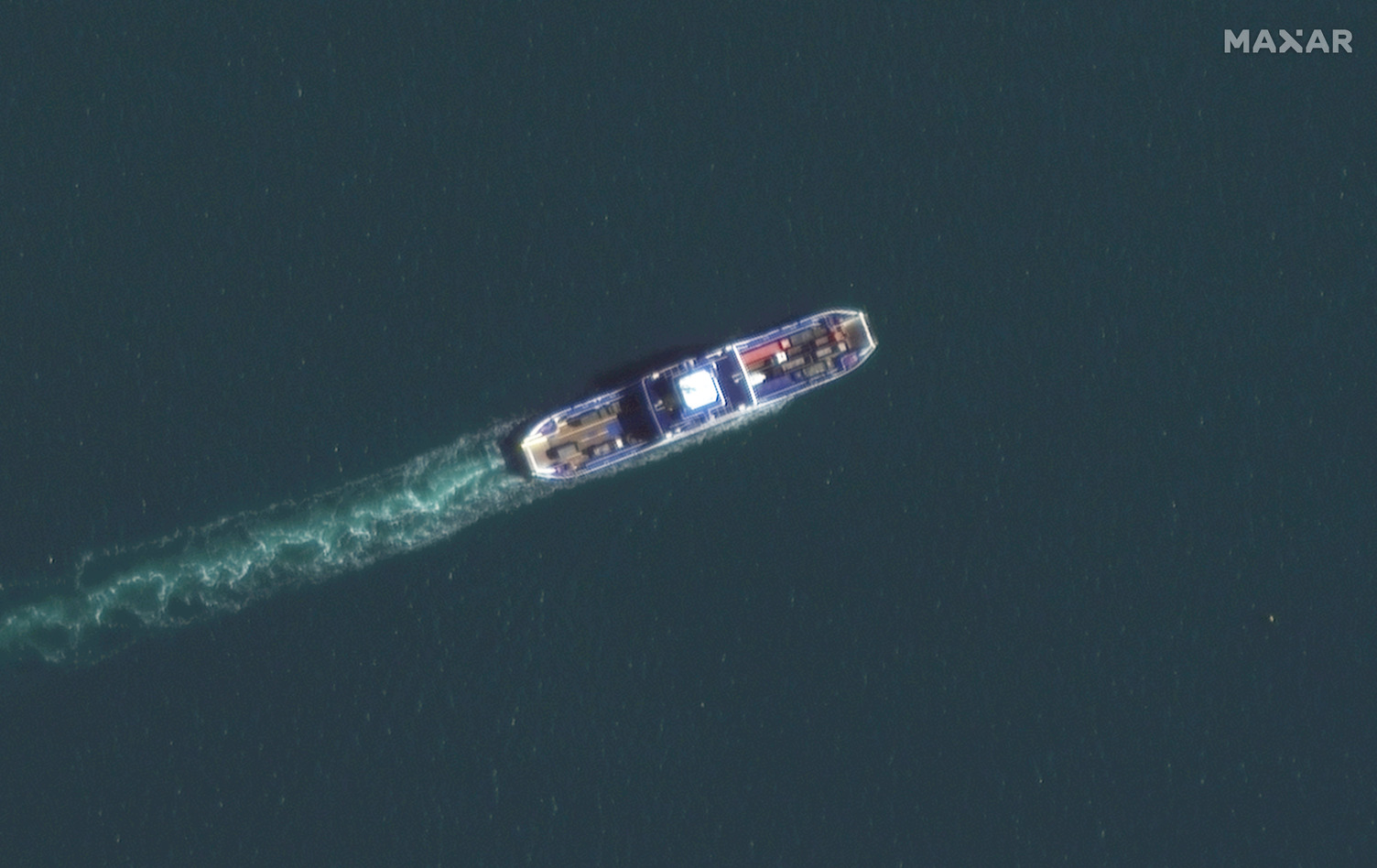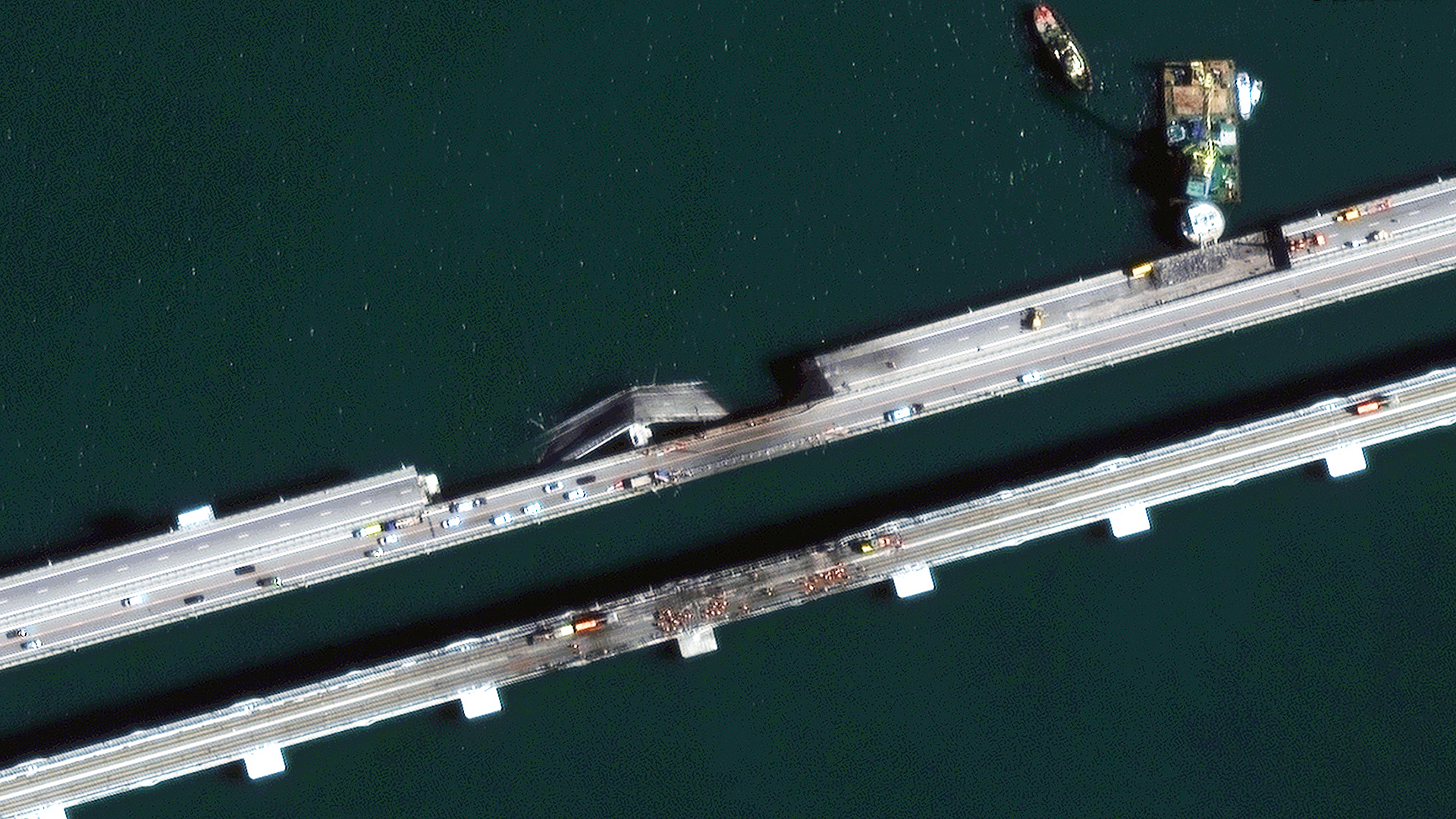Back in late February, there were few who thought Ukraine would survive Russia’s all-out invasion, let alone eventually attack Vladimir Putin’s prized Kerch Bridge.
But seven months later, the Kerch Bridge was attacked and Ukraine, increasingly armed with western weapons and on the offensive for more than a month, has exceeded nearly all expectations.
Those changing battlefield fortunes are a big reason why today’s release of the long-awaited National Security Strategy (NSS) outlining how the U.S. will defend itself in the future, especially against China and Russia, was delayed for months.
“With respect to the war in Ukraine, one of the reasons that we did not move out with the National Security Strategy in the spring is because we thought it would be imprudent in such a fast-moving and consequential moment where it was really unclear exactly what direction that war would take to go out with the strategy,” National Security Advisor Jake Sullivan told reporters Wednesday morning ahead of the release of the 48-page document.
When Russia launched its all-out invasion of Ukraine in February, “there were a whole lot of people who thought the war would be over rapidly and Russia would be in a much better position than it is in today,” said Sullivan. “And so, we think what has actually unfolded over the last six months, which has defied many of the expectations and conventional wisdom, is a vindication of taking our time and being methodical in putting forward the strategy.”
But the realities of the war itself, in which Ukraine has recaptured much of the territory it initially lost, while Russia continues to lash out at civilian targets with long-range fires, has not “fundamentally altered Joe Biden’s approach to foreign policy, which long predates his presidency and has only been reinforced and amplified over the course of his time in office.”

However, Sullivan said he believes that the war “presents in living color the key elements of our approach: the emphasis on allies, the importance of strengthening the hand of the democratic world and standing up for our fellow democracies and for democratic values.”
Sullivan said that the overall U.S. approach to helping Ukraine, which includes “support to Ukraine in terms of military equipment; economic assistance; sanctions and export controls on Russia” as well as diplomatic efforts are “broad-based themes” of the NSS “that are applied in practice in the very specific case of Ukraine.”

Russia’s “nuclear threats and saber rattling” are a stark reminder, said Sullivan, of the threat Moscow poses to the world.
“So, being able to watch how Ukraine unfolded” serves “a good purpose in terms of giving life to the document that we’re releasing today.”
Before we head into more of the latest news from Ukraine, The War Zone readers can catch up on our previous rolling coverage here.
The Latest
On the battlefield, Ukraine continues to make gains, especially in its Kherson Oblast counteroffensive, while Russia is making pushes in Donestks, while both sides scramble to win as much ground as possible before the rainy season, then winter, sets in.



On Wednesday, the Russians began arresting people in connection with that attack. Russia’s Federal Security Service, known by the Russian acronym FSB, “said it arrested five Russians and three citizens of Ukraine and Armenia in the attack on the Kerch Bridge,” according to CBS.
The FSB on Wednesday blamed the attack on Ukrainian Maj. Gen. Kyrylo Budanov, head of that nation’s Defense Intelligence (GUR) directorate.
But the GUR pushed back on that assertion.
“The whole activity of the FSB and the investigative committee is nonsense,” Andriy Yusov, a GUR spokesman, said Wednesday. “These are fake structures that serve the Putin regime, so we will definitely not comment on their next statements. It’s surprising that no business cards have been found in the area of the Crimean bridge.”
Russia itself meanwhile continues to feel the direct effect of this war, as images emerged on social media of what is claimed to be Russian air defense systems being fired off in Belgorod, near the border with Ukraine. There is some speculation that it was Russians intercepting their own outgoing missiles, which would make some sense, but The War Zone could not independently verify that claim.
Speaking of Belgorod, it appears Belarus sent its first batch of T-72 tanks there, according to Ukraine’s General Staff.
The T-72s, the earliest variants of which first rolled off the assembly lines in 1969, are not the only old tanks being pressed into service by Russia. The Russian military is reportedly set to receive some 800 refurbished and possibly upgraded T-62 tanks in the next three years to try to help make up for severe losses it has already sustained in its ongoing all-out invasion of Ukraine. You can read more about that here.
And it’s not just old tanks. Recently mobilized Russian soldiers are apparently receiving Soviet-era R-159 radios that date back to the 1980s.
The Russian Ministry of Defense (MOD) frequently writes about its victories during World War II, or as Russia calls it, The Great Patriotic War. That nostalgia, however, appears to be creeping onto the battlefields of Ukraine.
There was a report that a Russian D-1 howitzer, the type that was first pressed into service in 1943, has been seen operating in Luhansk.
And Russian forces also appear to be taking a page out of the old German Siegfried Line, building long lines of trenches filled with cement “dragon’s teeth” designed to impede advancing troops. (During WW II, it actually helped the Germans slow down the allied advance enough to be able to launch the Ardennes Counteroffensive, otherwise known as the Battle of the Bulge).
But apparently, the lessons about visibly static defense systems did not reach the crew of one Russian armored vehicle, which seems to have inextricably driven into a line of anti-vehicle mines before exploding.
Russia, however, is still inflicting some serious damage on Ukrainian civilians. An early morning attack in Avdiivka in the Donetsk region is said to have killed seven and wounded eight others.
Russia is also inflicting damage on Ukrainian forces, as this video showing an Iranian drone attacking Ukrainian troops in Dnipropetrovsk apparently depicts.
However, despite their effectiveness at short ranges, Iranian Shahed-136 drones aren’t packing the kind of long-range punch Russia would like, according to the U.K. MOD. We repeatedly noted this limitation for months, but that is really shouldn’t discount these drones’ grim utililty.
Ukraine also continues to inflict damage on the Russians, with claims they have been shooting down many of the Iranian drones.
Ukraine also claimed to have shot down four Russian helicopters in 18 minutes Wednesday, a claim The War Zone could not independently verify.
And while Russia is getting drones from Iran, Ukraine is getting far more from around the world. On Wednesday, for instance, top U.S. military leaders announced that the international Defense Contact Group is working to provide Ukraine with a patchwork integrated air defense system, that could even include Patriot batteries. You can read more about that in our coverage here.
In addition to the first of four promised IRIS-T SLM air defense systems Germany delivered to Ukraine, it also pledged to provide more Panzerhaubitze 2000 howitzers and MARS II multiple launch rocket systems (MLRS) capable of firing GMLRS guided-rockets “in the next few weeks” according to the German Defense Ministry.
And France has promised delivery of three LRU MLRS, an upgraded variant of the U.S.-made M270 MLRS.
Ukraine is getting particularly romantic about the aid it is receiving from France.
The Netherlands has pledged about $14.6 million worth of anti-aircraft missiles to help Ukraine’s air defense, according to the Dutch Defense Minister. A media release on the topic does not state which kind.
Canada too on Wednesday announced it was kicking in more to help Ukraine, announcing it would allocate nearly $50 million to provide Ukraine with $15 million worth of artillery shells and 500,000 sets of winter clothing, both of which will come in very handy, especially as the brutal Ukrainian winter sets in.
The international assistance to Ukraine is not only coming in the form of equipment. Ten thousand Ukrainian troops who have been trained in Great Britain are returning home to fight the Russians.
And the U.S. announced it is sending another $4.5 billion in direct budgetary aid to Ukraine. That’s on top of the nearly $17 billion in security assistance the U.S. has provided.
We will continue to update this report until we state otherwise.
Contact the author: howard@thewarzone.com
